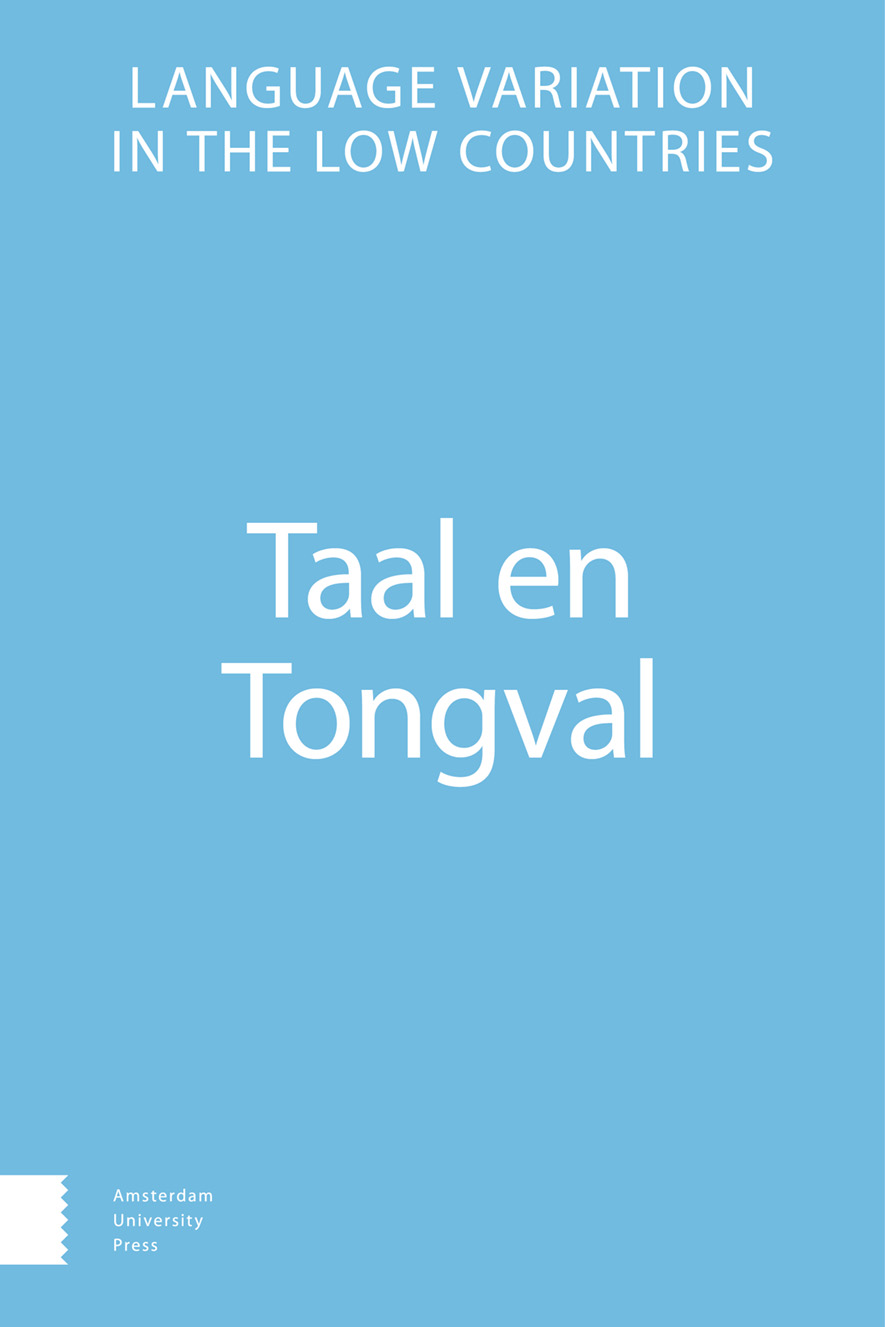-
oa De aan-constructie in het 17de-eeuwse Nederlands
Een semasiologische studie
- Amsterdam University Press
- Source: Taal en Tongval, Volume 67, Issue 2, Dec 2015, p. 211 - 245
Abstract
The aan-construction in 17th Century Dutch: A semasiological investigation
The Dutch aan-construction (e.g. Hij gaf een bos bloemen aan zijn vrouw ‘He gave a bouquet to his wife’), the prepositional alternative for the double object construction (Hij gaf zijn vrouw een bos bloemen ‘He gave his wife a bouquet’), is a post Middle Dutch innovation (i.e. after 1500 AD). The precise details of the rise of the aan-construction remain, however, understudied. It is for example unclear whether the construction really breaks through in the 17th century, as Weijnen and Gordijn (1970) argue on the basis of a small corpus of farces, and what its semantic range was in those early days. In this paper we try to shed more light on these issues. On the basis of a self-compiled corpus of literary Dutch, we firstly show that the construction was not only already frequently attested in the language use in the 17th century, but also covered a remarkably wide semantic range at that time. Next, via a detailed comparison with data for the 20th century, we show that there have been interesting changes concerning the semantic evolution of the aan-construction. The structural weight of a cluster of ‘do’- and ‘send’-verbs for example declines over time and at more general level there seems to be a trend towards more abstract uses of the aan-construction. A diachronic collostructional analysis (Hilpert, 2006) and Configural Frequency Analysis (von Eye, 2002) lends a statistical underpinning to our observations.


